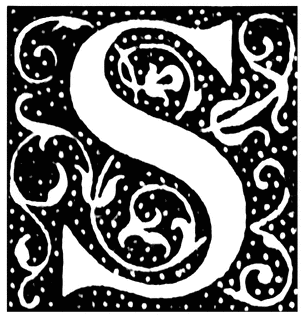 cholars provide widely varying responses when asked how they define Humanities Computing/Digital Humanities (DH).1 DH are described by Kathleen Fitzpatrick as “a nexus of fields within which scholars use computing technologies to investigate the kinds of questions that are traditional to the humanities, or, as is more true of my own work, ask traditional kinds of humanities-oriented questions about computing technologies.”2 John Unsworth is simply “using computational tools to do the work of the humanities.” Some, like Laura Mandell, offer lists, “DH is to me really an umbrella term for
cholars provide widely varying responses when asked how they define Humanities Computing/Digital Humanities (DH).1 DH are described by Kathleen Fitzpatrick as “a nexus of fields within which scholars use computing technologies to investigate the kinds of questions that are traditional to the humanities, or, as is more true of my own work, ask traditional kinds of humanities-oriented questions about computing technologies.”2 John Unsworth is simply “using computational tools to do the work of the humanities.” Some, like Laura Mandell, offer lists, “DH is to me really an umbrella term for
- “Code Studies” — the name proposed by Mark Marino;
- textual encoding and archival curation;
- public humanities;
- data mining and visualization;
- software engineering.
Eleni Stroulia adds:
- using computers to study text
- studying digital text
- studying on-line materias with a concern for the human condition
Meanwhile, Matthew Kirschenbaum calls DH “a term of tactical convenience.”3
Jasmine Mulliken’s definition aligns with my folklorist’s4 sensibility and interest in digital culture in its various material forms,
DH is anything that combines imagining, planning, building, and creating, using a digital medium, with language, literature, history, philosophy, art, music, etc. Anyone comfortable with a computer and interested in the humanities probably participates in DH, whether formally (with support from a fellowship or institution, with a planned and mediated project) or informally (through compiling notes and information in multimedia form). We have as much to learn from the informal processes as the formal.
For a broad introduction to the field, see A Companion to Digital Humanities.5